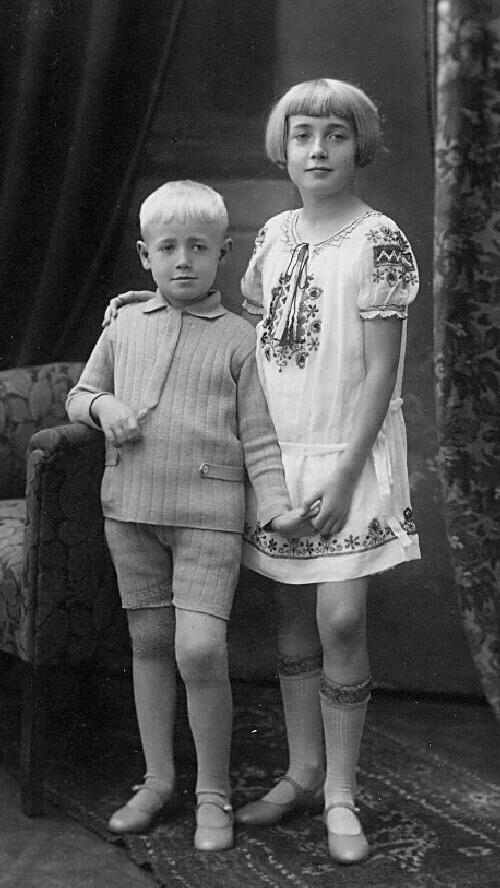
Figure 1.--Here we see a German brother and sister in 1929 wearing identical strap shies. This was a style of closed-toe sandals. They may be different colors. |

|
Before World War II (1939-45), the most common type of sandal worn in Germany was the single strap style without a center sdtrap. We also notice boys wearing the English style closed toe sandal. The popularity declined, however, during the NAZI era (1933-45) as it was not considered sufficiently masucline for German boyhood. One never sees, for example, a Hitler Youth boy wearing strap sandals. After the war, sandals swere again worn by German boys, but the closed-toe style was not common. The closed-toe style was more likely to be worn by boys from wealthy families. I think wealthier families orientated themselves on the french style of clothing. In the 1970s children clothes from France were very popular in Germany and French sandals were more commonly the closed-toe style.
A strap shoe was essentially a closed-toe sandal. Strap shoes are most commonly associated with dress outfits. This was not always the case. We certainly see them being worn as a dress shoe. But we also see them being worn as a casual, play shoe making them mire of a sandal. Here the material could be a factor. Patent leather was certainly used for dress shoes. Other leathers could be used as a sandal.
Before World War II (1939-45), the most common type of sandal worn in Germany was the single strap style without a center strap. A good example is a German boy about 1930. We also notice boys wearing the English style closed toe sandal. An example is two brothers probably about 1920. The popularity declined, however, during the NAZI era (1933-45) as it was not considered sufficiently masucline for German boyhood. One never sees, for example, a Hitler Youth boy wearing strap sandals. After the War, sandals swere again worn by German boys, bout the single strap style was not as common as before the War. We do see some boys wearing the English school style with the center "T" strap. Hradually the closed-toe style declined in popularity and we see boys wearing open-toe sandals as a kind of informal or play shoe. The closed-toe style was more likely to be worn by boys from wealthy families. I think wealthier families orientated themselves on the french style of clothing. In the 1970s children clothes from France were very popular in Germany and French sandals were more commonly the closed-toe style.
We note younger German boys wearing double strap shoes as a kind of formal shoe in the 19th century. A good example is an infant German boy about 1870. This really is not what we would call a sandal today. German boys did wear sandals in the early 20th centyry, but the double strap style was not popular. This was a style we have also noted in other countries. We see few images of German boys wearing double trap play sandals in the 20th century. The style was not entirely absent in Germany. We see a few photographs of German boys wearing them, but they seem relsatively rare.
We note younger German boys wearing multiple double-strap shoes as a kind of formal shoe in the 19th century. Ths was a style we have also noted in other countries. We have never nored boys wearing mutiple strap sandalsin the 20th century.
Navigate the Boys' Historical Clothing Sandal Pages:
[Return to Main German closed toe sandals page]
[Return to Main German sandal page]
[Return to Main shoe page]
[Return to Main German page]
[German open toe sandals]
[German strap shoes]
Navigate the Boys' Historical Clothing Web Site:
[Return to the Main country closed-toe sandal psge]
[Introduction]
[Activities]
[Biographies]
[Chronology]
[Cloth and textiles]
[Clothing styles]
[Countries]
[Topics]
[Bibliographies]
[Contributions]
[FAQs]
[Glossaries]
[Images]
[Images]
[Links]
[Registration]
[Tools]
[Boys' Clothing Home]
